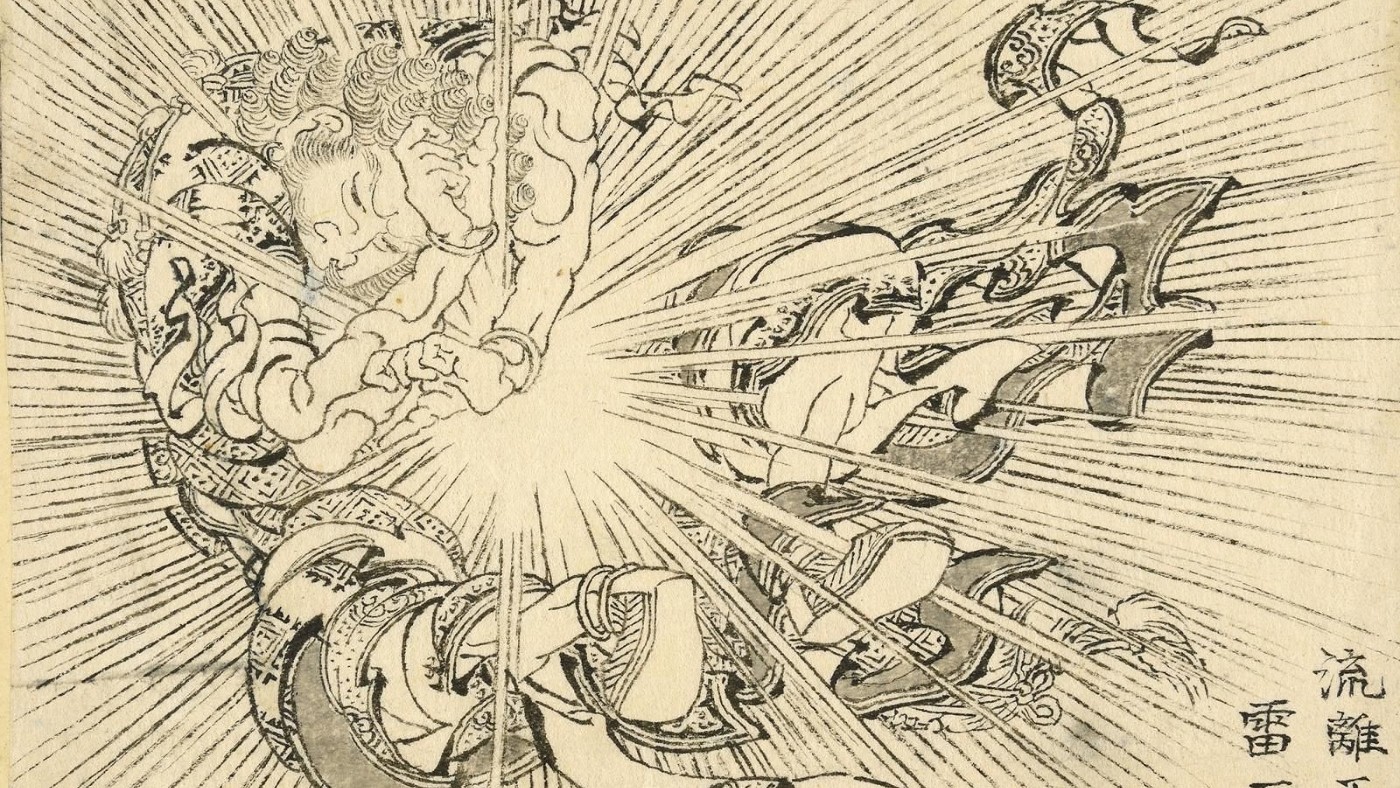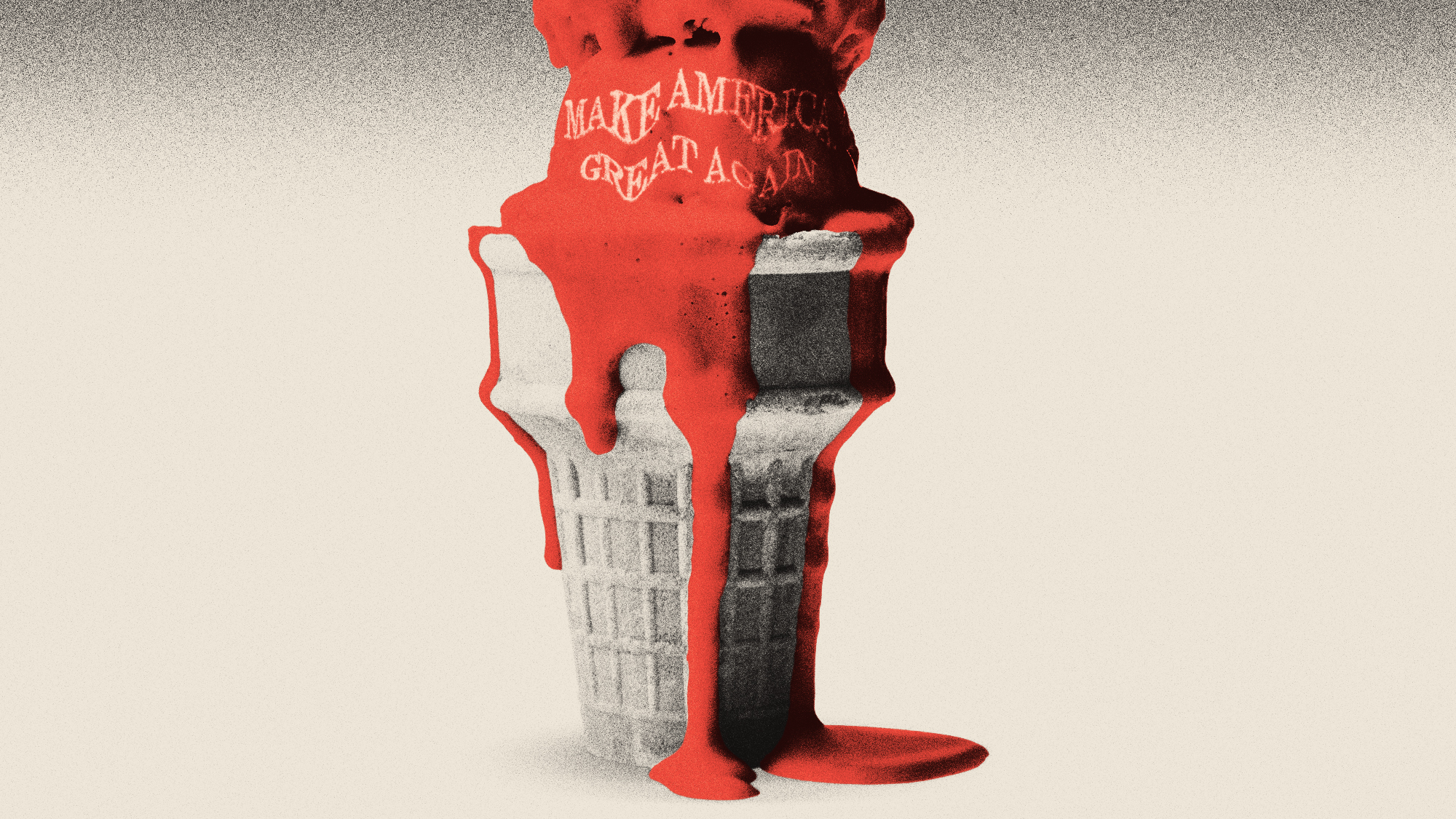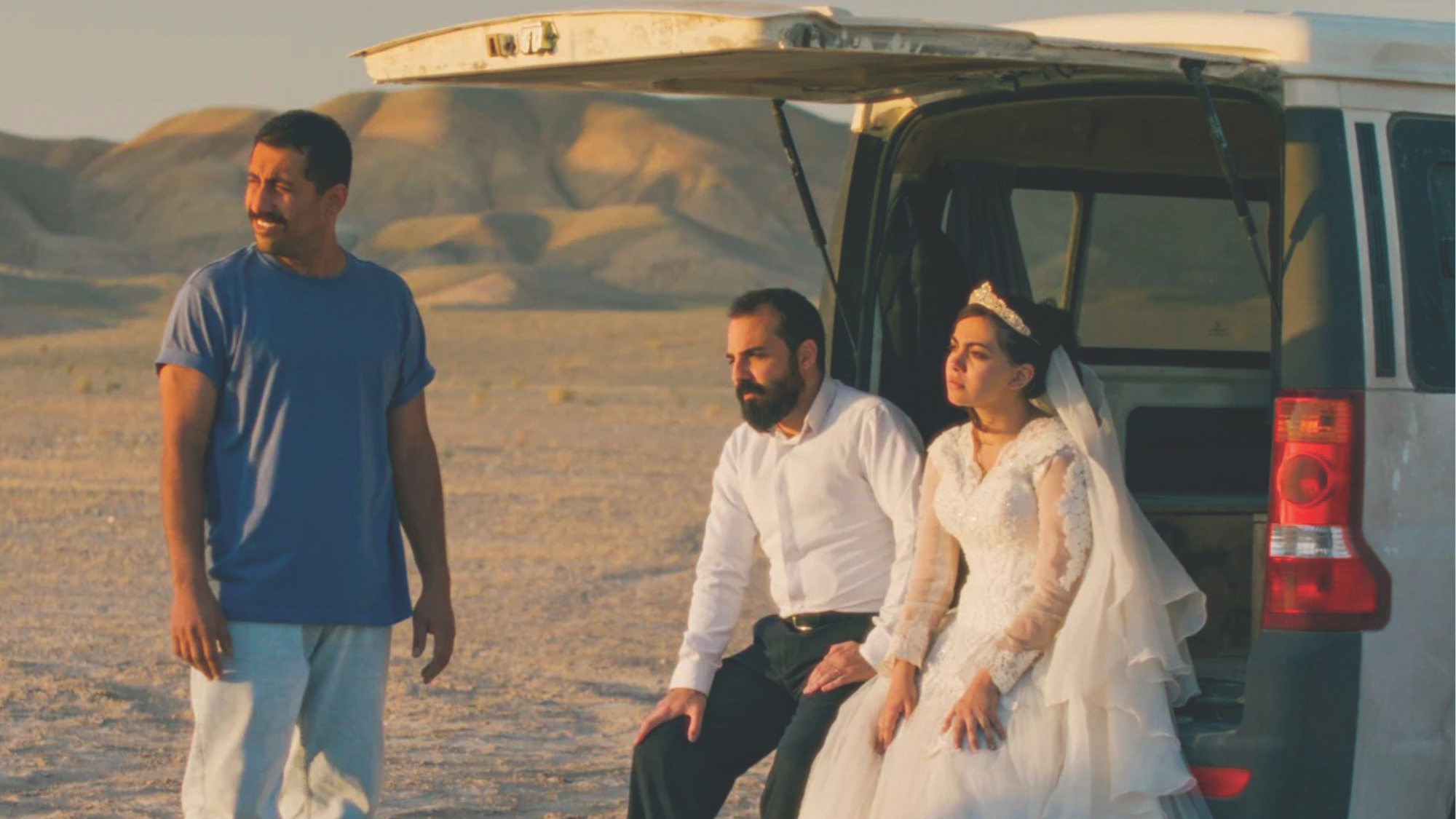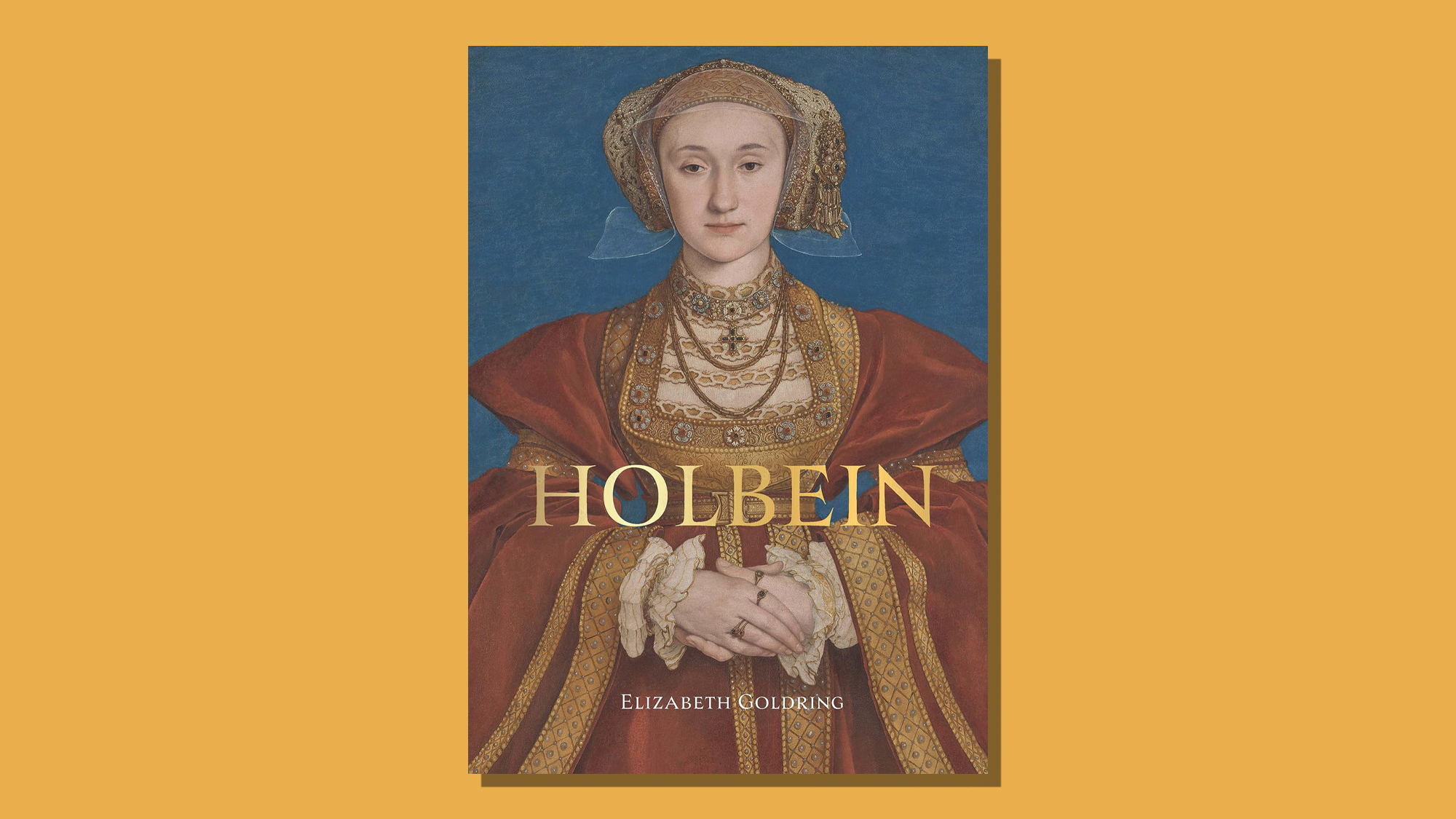What the critics are saying about Hokusai: The Great Picture Book of Everything
Master printmaker‘s Japanese ink drawings put on display by British Museum for the first time

In 2019, “a modest wooden box” containing 103 Japanese ink drawings was consigned for sale at an auction house in Paris, said Rachel Campbell-Johnston in The Times. Unremarkable as it seemed, it was in fact “a treasure chest”: its contents were revealed to be the work of the master printmaker and painter Katsushika Hokusai (1760-1849), whose print Under the Wave off Kanagawa ranks as “one of the world’s most recognisable artworks”.
The discovery shed invaluable new light on the great artist’s career. In the late 1820s, when many of the drawings were created, Hokusai was believed to have been going through a “fallow” period: “he had suffered a stroke; his second wife had died; he was struggling financially”.
Yet as the drawings attest, he did not stop working. The works in the box, it transpires, form a significant chunk of a “hugely ambitious” project designed to create a visual encyclopaedia of the whole world. Featuring depictions of everything from animals both observed and imagined to “primordial deities” and “questing Buddhist monks”, the cycle is a masterpiece of Japanese art; yet for reasons unknown, it was never published.
The Week
Escape your echo chamber. Get the facts behind the news, plus analysis from multiple perspectives.

Sign up for The Week's Free Newsletters
From our morning news briefing to a weekly Good News Newsletter, get the best of The Week delivered directly to your inbox.
From our morning news briefing to a weekly Good News Newsletter, get the best of The Week delivered directly to your inbox.
Now, at long last, we finally have the chance to see it for ourselves. The British Museum, which eventually acquired the drawings, has put them on public display for the first time in an extraordinary exhibition that will run until the end of January. It is an unmissable event: to look at these works is to “lose yourself in a world where a spirit of wonder roams free”.

This is a “captivating” show, agreed Laura Cumming in The Observer. The drawings themselves are “no bigger than postcards”, yet their depth of detail is astonishing. His drawing of a camel – an animal he may possibly have seen up close – also incorporates an orangutan, a black fox and “a raccoon-dog flying off into the white space that remains”; an image of men brewing rice wine, meanwhile, sees them deploying “a Heath Robinson contraption involving pumps, presses and cantilevered poles upon which they balance to comical effect”.
Hokusai’s graphic inventiveness “startles every time”: rain “strafes the page in needle-fine lines”, while eyes are rendered as “a staggering grammar of commas, hyphens, cedillas and full stops, minutely inflected to describe each individual face”.
Hokusai’s attempt to catalogue the entire world was a fantastically quixotic undertaking, said Jonathan Jones in The Guardian. The project is all the more remarkable for the fact he never actually left Japan, the 19th century rulers of which had “strictly limited all contact with the outside world”.
A free daily email with the biggest news stories of the day – and the best features from TheWeek.com
Nevertheless, his imagination runs wild. Armed with only “unreliable” information, Hokusai gives us stunning depictions of China and fantastical images of India; an Indian elephant “lowers its head to the ground in comic exhaustion, as if tired of the weight of its tusks and trunk”.
His real achievement, however, was the innovative way he captured nature, distilling water forms and landscapes into a semi-abstract, “stylised shorthand” – something none of his European contemporaries would have dreamt of doing. Hokusai’s art was decades ahead of its time. If you can make it to this display of “masterpieces” before it closes, you must. The drawings are small, but “the rewards are massive”.
British Museum, London WC1; britishmuseum.org. Until 30 January
-
 Metaverse: Zuckerberg quits his virtual obsession
Metaverse: Zuckerberg quits his virtual obsessionFeature The tech mogul’s vision for virtual worlds inhabited by millions of users was clearly a flop
-
 Frank Gehry: the architect who made buildings flow like water
Frank Gehry: the architect who made buildings flow like waterFeature The revered building master died at the age of 96
-
 Is MAGA melting down?
Is MAGA melting down?Today's Big Question Candace Owens, Tucker Carlson, Laura Loomer and more are feuding
-
 Frank Gehry: the architect who made buildings flow like water
Frank Gehry: the architect who made buildings flow like waterFeature The revered building master died at the age of 96
-
 6 lovely barn homes
6 lovely barn homesFeature Featuring a New Jersey homestead on 63 acres and California property with a silo watchtower
-
 Film reviews: ‘Marty Supreme’ and ‘Is This Thing On?’
Film reviews: ‘Marty Supreme’ and ‘Is This Thing On?’Feature A born grifter chases his table tennis dreams and a dad turns to stand-up to fight off heartbreak
-
 Heavenly spectacle in the wilds of Canada
Heavenly spectacle in the wilds of CanadaThe Week Recommends ‘Mind-bending’ outpost for spotting animals – and the northern lights
-
 It Was Just an Accident: a ‘striking’ attack on the Iranian regime
It Was Just an Accident: a ‘striking’ attack on the Iranian regimeThe Week Recommends Jafar Panahi’s furious Palme d’Or-winning revenge thriller was made in secret
-
 Singin’ in the Rain: fun Christmas show is ‘pure bottled sunshine’
Singin’ in the Rain: fun Christmas show is ‘pure bottled sunshine’The Week Recommends Raz Shaw’s take on the classic musical is ‘gloriously cheering’
-
 Holbein: ‘a superb and groundbreaking biography’
Holbein: ‘a superb and groundbreaking biography’The Week Recommends Elizabeth Goldring’s ‘definitive account’ brings the German artist ‘vividly to life’
-
 The Sound of Music: a ‘richly entertaining’ festive treat
The Sound of Music: a ‘richly entertaining’ festive treatThe Week Recommends Nikolai Foster’s captivating and beautifully designed revival ‘ripples with feeling’